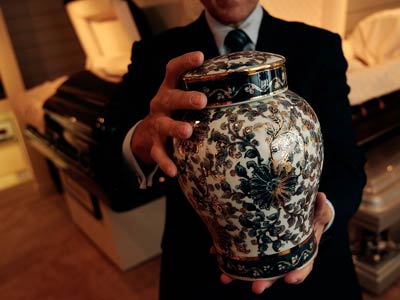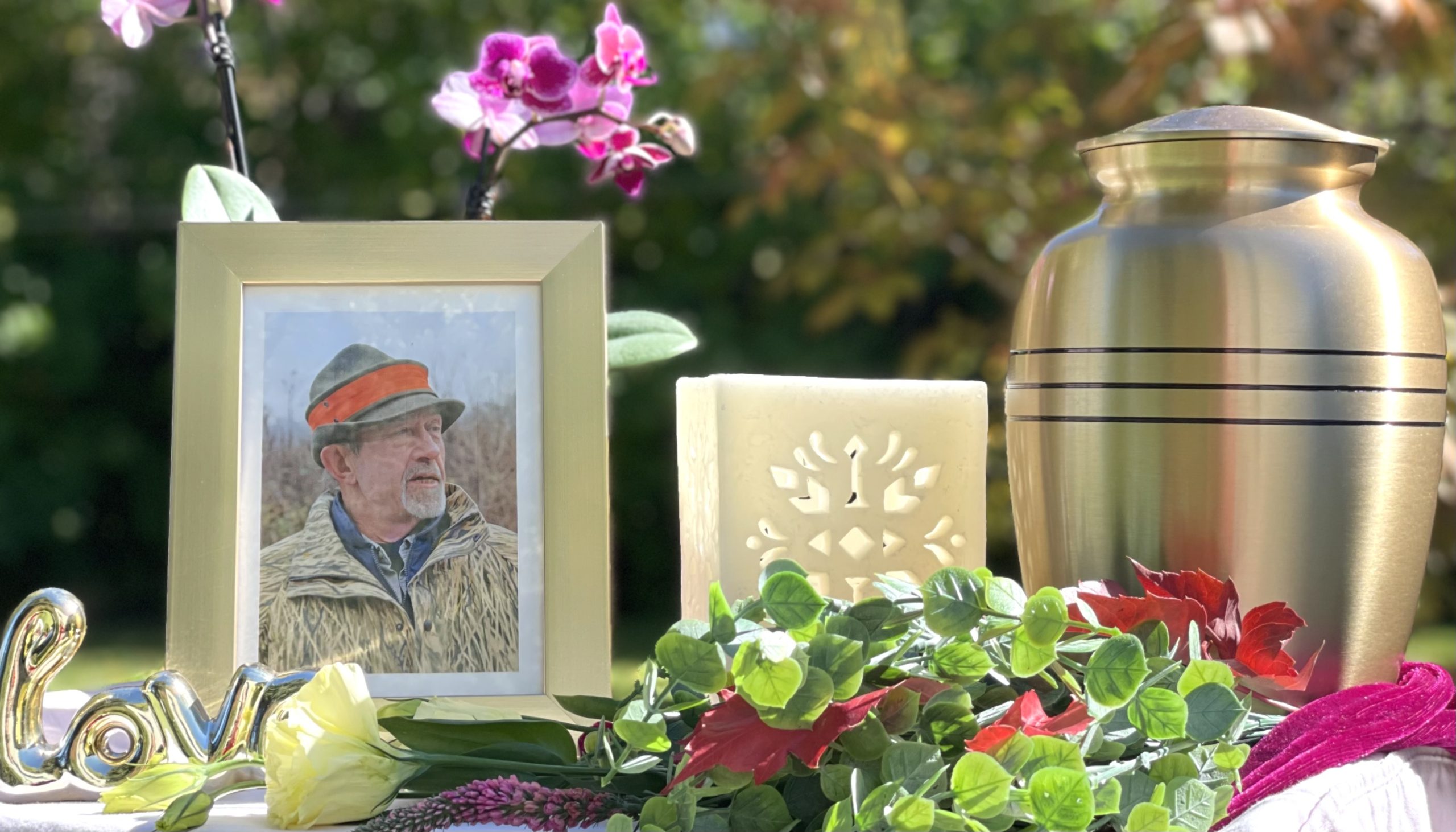
Today, as more families choose cremation as a final disposition option, more folks consider what they can do with the cremation ashes once they are returned. Typically, about 3 to 7 pounds of cremated remains are generated once a person is cremated. Once fully processed by the crematory, these cremated remains resemble a gray-like ash compound.
These days, more funeral homes are reporting that families are not even collecting their loved one’s remains, and in fact, many funeral homes now include a clause stipulating that they have the right to respectfully scatter any uncollected remains after a period of 90 days has passed.
So, what do you do with cremated remains once you have collected them from the funeral home?
Burying cremated remains
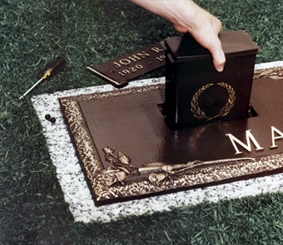
Many people choose to bury the cremation urn. You can purchase a small cemetery plot (usually similar to an infant size), or purchase a cremation niche in a columbarium. Indeed more cemeteries are adding both columbaria and scattering gardens.
Alternatively, you may choose to inter a cremation urn into an existing grave plot with a loved one who has already passed. Cemeteries will charge you an opening and closing fee for this, but it can be a great way to ensure loved ones are respectfully laid to final rest and provide a common memorial site for future families to visit.
For devoutly religious individuals, it is worth considering that although The Catholic Church allows cremation, it does tend to stipulate that cremated remains should be put to rest in a sacred place, such as a churchyard, cemetery, or holy designated memorial garden.
Visit this post to read more about What the Bible Says About Cremation.
Keeping cremated remains at home on the mantelpiece
This is not for everyone. In fact, most folks tend to say they don’t know what to do with the urn when they bring it home! An Aunt of mine used the remains of her late husband in his urn as a doorstop for many years. Now, there are so many different cremation urns, even quirky personalized urns, that the choice can be overwhelming!
Keepsake urns (a set of one or more small urns into which the cremated remains can be distributed) also allow the family to share the remains with siblings or family members. However, it seems that a cremation urn kept at home may end up in the back of a cupboard!
Scattering cremated remains

Ash scattering is fast becoming a low-cost means to ‘dispose’ of someone’s mortal remains that can also offer the opportunity to lay someone to rest in a ‘space’ they loved. Cremated remains are basically organic matter and so pose no threat at all to the environment. In fact, you could actually argue that scattering cremated remains is a symbolic gesture of reuniting one’s mortal matter with the Universe and could be interpreted as such by the biblical reference of “ashes to ashes, dust to dust.”
As scattering cremation ashes is gaining popularity, we are asked more frequently about what laws govern ash scattering. There is very little legislation and policing of the scattering of ashes, so long as one conducts it with dignity and common sense.
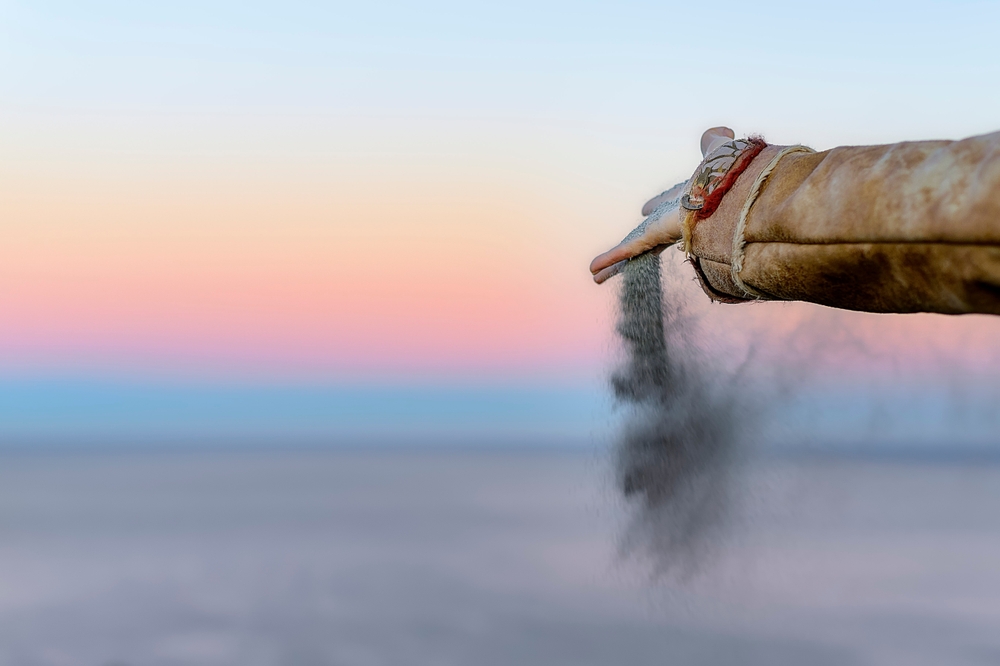
If scattering on private land, you must have permission from the landowner. There are some public areas where you do need to gain permission or sometimes even a permit. However, in the main, you are at liberty to dispose of a loved one’s remains by scattering them to the winds.
There is an array of ash scattering companies today, and you can choose from aerial scattering over the natural beauty of mountain ranges, scattering at sea off coastlines, or having a portion of the remains blasted into space to be scattered.
The great thing is that something suits every budget and imagination!
Creating cremated remains artifacts.
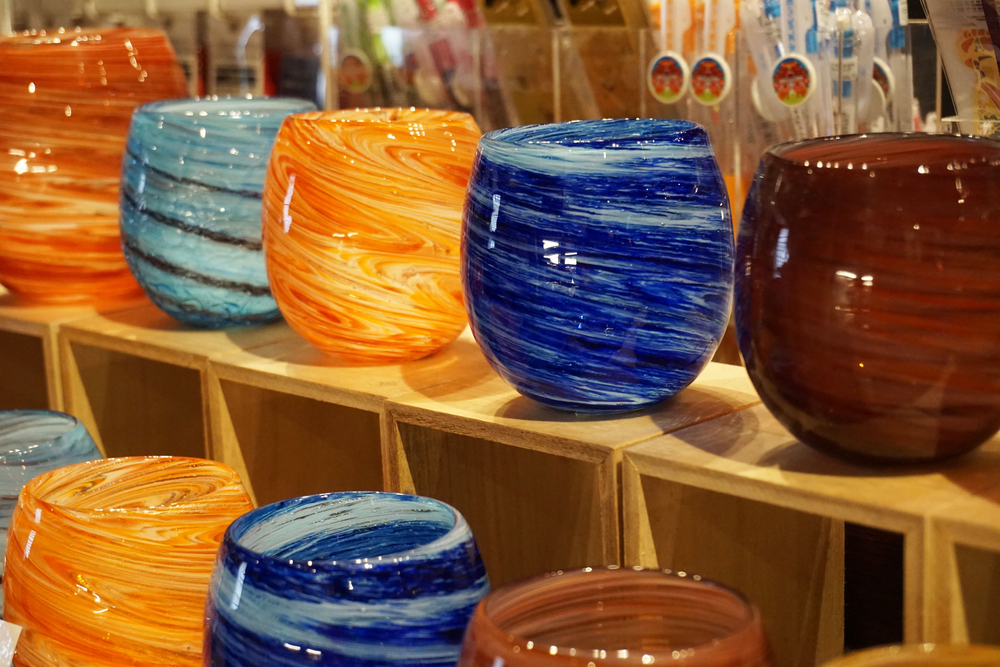
Being largely organic matter, cremation ashes can be mixed into various compounds to be constructed into memorial artifacts. The carbon from a person can be used to create a cremation diamond for around $3,000.
A cheaper option is to use some cremated remains to make hand-blown glass ornaments and jewelry, starting at around $30.00. Cremains can be mixed with cement, used to construct birdbaths and garden ornaments, or even made into a memorial reef fixture.
Transporting cremated remains
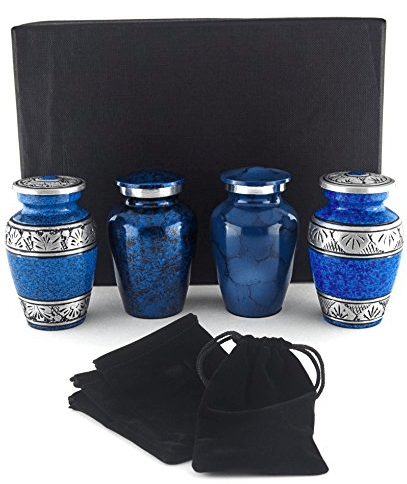
Mailing cremated remains
You can legally transport cremated remains, either in person or by the United States Postal Service. The cremated remains must be securely packed and marked as “human cremated remains”.
USPS offers Label 139 so that the package can be clearly identified and tracked, and it has to be shipped by Priority Mail Express Service. Courier companies such as FedEx or UPS will not ship cremated remains.

Flying with cremated remains
If you opt to fly with cremated remains, you must ensure that you meet the TSA guidelines for traveling with cremated remains. The remains MUST be in an X-ray-friendly container such as cardboard, plastic, or wood, and you should carry supporting documentation such as a cremation permit and death certificate.
Other things you can do with cremation ashes
It does not stop at burying, scattering, and creating a cremation artifact. Today, there are all sorts of weird and wonderful things you can choose to do with cremated remains including fireworks, vinyl records, gun cartridges, and tattoos! To read more about quirky ash scattering ideas, visit this Ash Scattering Guide.
